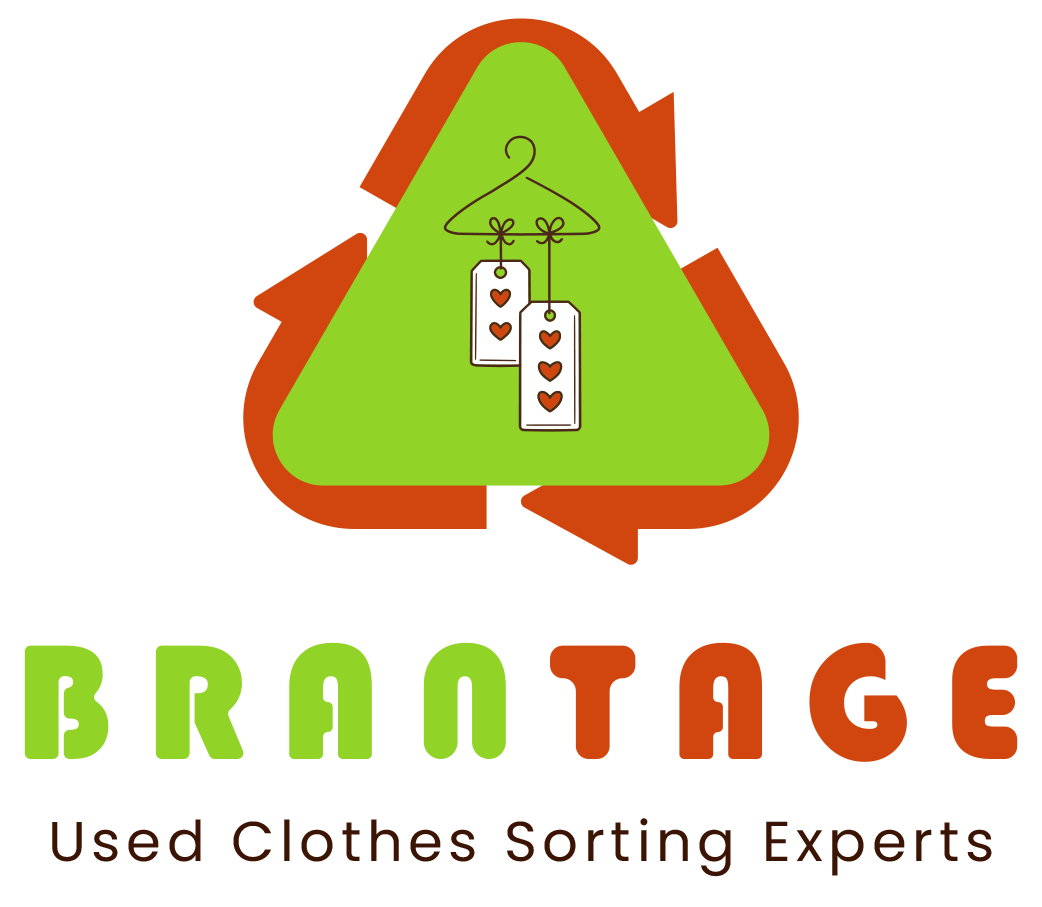An Innovative Approach to the Used Clothing Industry in UAE
The past several decades have seen a notable increase in the worldwide used clothes market, fueled by growing consumer interest in sustainability, cost-effectiveness, and the allure of vintage style. The sorting facilities for worn clothing are one of the less spoken about but equally important participants in this worldwide network. Strategically placed, these factories handle and recycle massive volumes of used clothing, providing them with a new lease on life rather than adding to the already overcrowded landfills. One such facility, which is situated in the United Arab Emirates (UAE)’s Hamriyah Free zone, is both a component of this system and also altering how the company conducts business.
The Industry's Scope: An Overview of Our Facility
Despite its small size, our sorting facility is part of a much bigger network that consists of over 100 such facilities spread out throughout the United Arab Emirates. Processing of at least 3000 tons of old clothing each day makes the nation a major hub in the world’s used clothing supply chain. These clothes come from all across the world, even in the United States, where millions of tons of textile goes to landfills annually. Our facility is essential in making sure that the enormous amount of discarded clothing that enters the UAE is recycled, repurposed, and given a new lease of life.
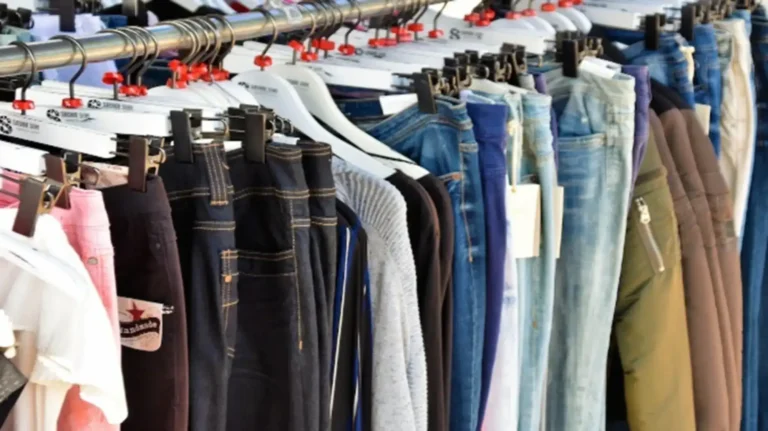
We receive donated clothing containers mostly from the United States, and upon arrival to our facilities, they go through a rigorous process of sorting, categorization, grading, and quality control. Everything is sorted and classified, from shoes and accessories to clothing and beddings. These are further divided into groups like kids, men, women, girls and boys, and branded and non-branded. This complex system’s goal is to make sure that every item, whether local or foreign, gets the proper customer in the correct market.
The Craft of Grading and Classification
At our facility, a wide variety of commodities are categorized. Nothing is overlooked, from clothing, footwear, and accessories to necessities for the home like tablecloths, bedsheets, blankets, and towels.
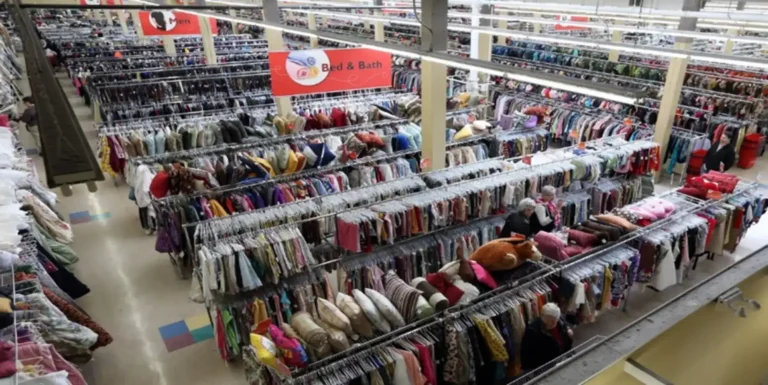
We proceed to grading after the first sorting, which is possibly the most important phase in our procedure. Each object is assessed here according to its usage history and condition:
- Cream Grade: This premium category includes brand new items, many of which still have tags attached. These things are highly sought after, especially in areas where buyers want brand-new clothing at a fraction of the original price.
- Grade 1: This grade is for gently used but well-maintained objects that still have a lot of life remaining in them.
- Grade 2: Although these clothes have been worn more, they are still in decent enough shape to be worn.
- Grade 3: Items in this category are somewhat used and may have some wear, but they do not have any damage or lingering stains. These are also sold to the working class, providing them with reasonably priced choices for daily attire.
- Grade 4: This category includes things that are still functional but may have some wear or damage. The labor force in the United Arab Emirates, which comprises a significant 65% of the population, frequently seeks them out.
What Differentiates Us
Although the majority of sorting facilities in the United Arab Emirates prioritize bulk sales, especially to African nations, our sorting facility functions differently. In this area, sorting clothing fast and selling them by the container load is the norm; haste frequently comes at the expense of quality control. Our entire business strategy, however, is focused on retailers who make monthly purchases in smaller quantities of 25 kgs to 500 kgs. These customers are willing to spend a premium for precise selections and high-quality products since they handpick the things they desire.
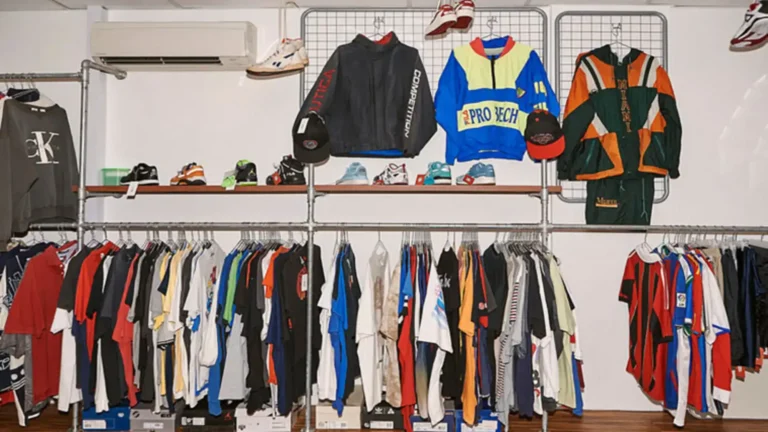
We can keep grading at exceptionally high standards thanks to this change in emphasis. Really, a lot of the time, people sell things as Grade 1 or Grade 2, that we consider to be in Grade 3. Whether our customers are buying branded or non-branded products, our stringent grading criteria guarantees they always get the best value for their money.
The Power of Vintage
The vintage apparel industry is a fascinating aspect of our business, especially for clothing from the 90s and earlier. Due to their distinctive styles and historical relevance, these garments are becoming more and more popular, particularly in Europe and the UK.

The market for vintage clothing is expanding as collectors look for unique items that differentiate themselves from the quick fashion of today. By prolonging the life cycle of these famous clothing, our ability to tap into this market not only helps us to diversify our revenue streams but also makes a positive contribution to the circular economy.
Addressing Waste: A Unique Challenge
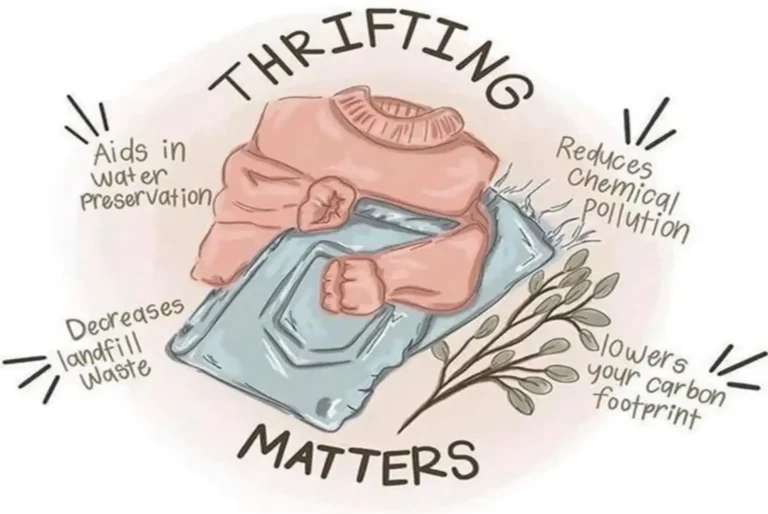
The quantity of waste produced during the sorting process is one of the main issues facing our industry. Over 60% of the products we process would normally be regarded as garbage by other facilities because of our stringent grading criteria. Still, we’re always looking for ways to reduce this waste. We have recently begun shopping at Goodwill stores, where clothing is priced according to weight. As a result, we are able to choose our purchases more carefully, which eventually lowers the quantity of damaged or unsaleable items that enter our store.
A View Towards the Future: Growth and Sustainability
The fashion business worldwide is progressively shifting its attention towards sustainability. There is an increasing demand for sustainable alternatives, such as secondhand clothing, as consumers become more conscious of the negative environmental effects of rapid fashion. Our facility is in a prime location to benefit from this change. We provide a high-end product that is in line with the principles of today’s ethical customers by emphasizing quality, adhering to rigid grading standards, and being enticing to merchants.
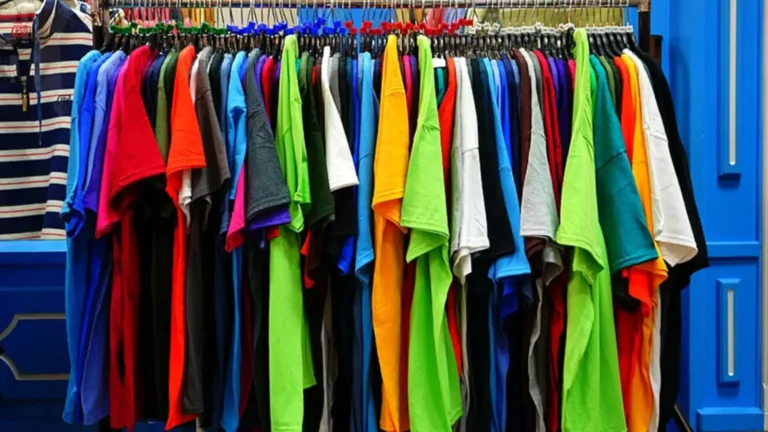
Moreover, there is a lot of possibility for expansion due to the size of the secondhand apparel market. Millions of tons of clothing are still being dumped in landfills in the United States and other nations, which is a tragedy as well as an opportunity. We can boost our ability to sort, grade, and recycle more apparel by developing our network of suppliers and improving our procedures. This will ultimately help to create a more sustainable global fashion business.
Conclusion:
Our used clothing sorting factory in the Hamriyah Freezone, United Arab Emirates, is fundamentally about transforming an industry, not merely processing clothing. We distinguish ourselves in a crowded market by taking a retailer-focused strategy, upholding the highest grading standards, and tackling the problem of waste. The need for sustainable fashion will only increase, as will the role that establishments like ours play in lowering waste, encouraging reuse, and expanding access to high-quality used apparel for people worldwide.
